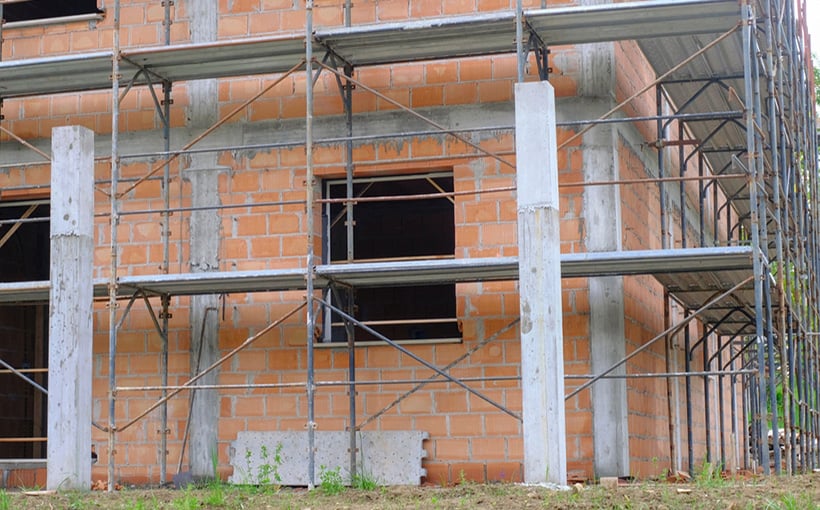Since its introduction in 2017, the opportunity zone program has been lauded and criticized in turn. Cutting through some of the rhetoric, investors participating in the program have taken advantage of opportunity zone tax benefits. According to research by Novogradac , an estimated $9.68 billion was invested into Opportunity Zone Funds (OZF) during 2022 – a record-breaking figure since OZFs became part of U.S tax code late 2017. The Economic Innovation Group (EIG), which provided the idea for funneling capital gains into underserved communities, indicated that this incentive is having a significant and positive economic impact on these areas it was designed to serve .
When discussing “opportunity zones” many people may think primarily about larger cities; however there are more than 8700 federally designated OZs across America – including secondary markets . Excelsa Properties’ Director of Asset Management Curtis Holder explains: “These secondary markets have received increased attention from investors wanting to take advantage of tax benefits offered by this program due to recent high valuations and difficulty placing capital into more conventional investments”.
So what exactly defines “secondary” market? Generally speaking it’s tied with population size, investment activity & economic strength; primary markets tend be densely populated cities with populations over 5 million while secondary ones range between 1-5 million inhabitants but still experience growth & attract new people e..g Houston TX , Orlando FL or Charlotte NC etc). Interestingly enough certain cities can appear both as primary & secondaries such as Seattle WA , Atlanta GA or Miami FL .
Valuations/capital placement aren’t only attractions when investing in these locations ; fundamentals also play an important role according Revitate’s partner& COO Kunal Merchant : “Larger macro trends speak directly towards potential found within those communities notably 68% largest urban counties experienced recent population losses towards secondaries “. He adds that smart fund managers/investors are following migration patterns leading them directly towards emerging markets offering less competition when dealing plus greater flexibility structuring investor friendly terms along lower land development costs making them attractive options for housing renovations among other projects .
Holder further notes funds involved w/secondaries support variety real estate types providing potential high returns on investments plus chance make positive impact underserved locales while Merchant agrees disciplined patient investors could experience upsides returns reflecting spirit behind policy intentionally prioritizing infusion additional jobs housing economic development lower income areas need most help
The post Opportunity Zone Funds Find Secondary Markets After 6 Years appeared first on CRE MarketBeat.


